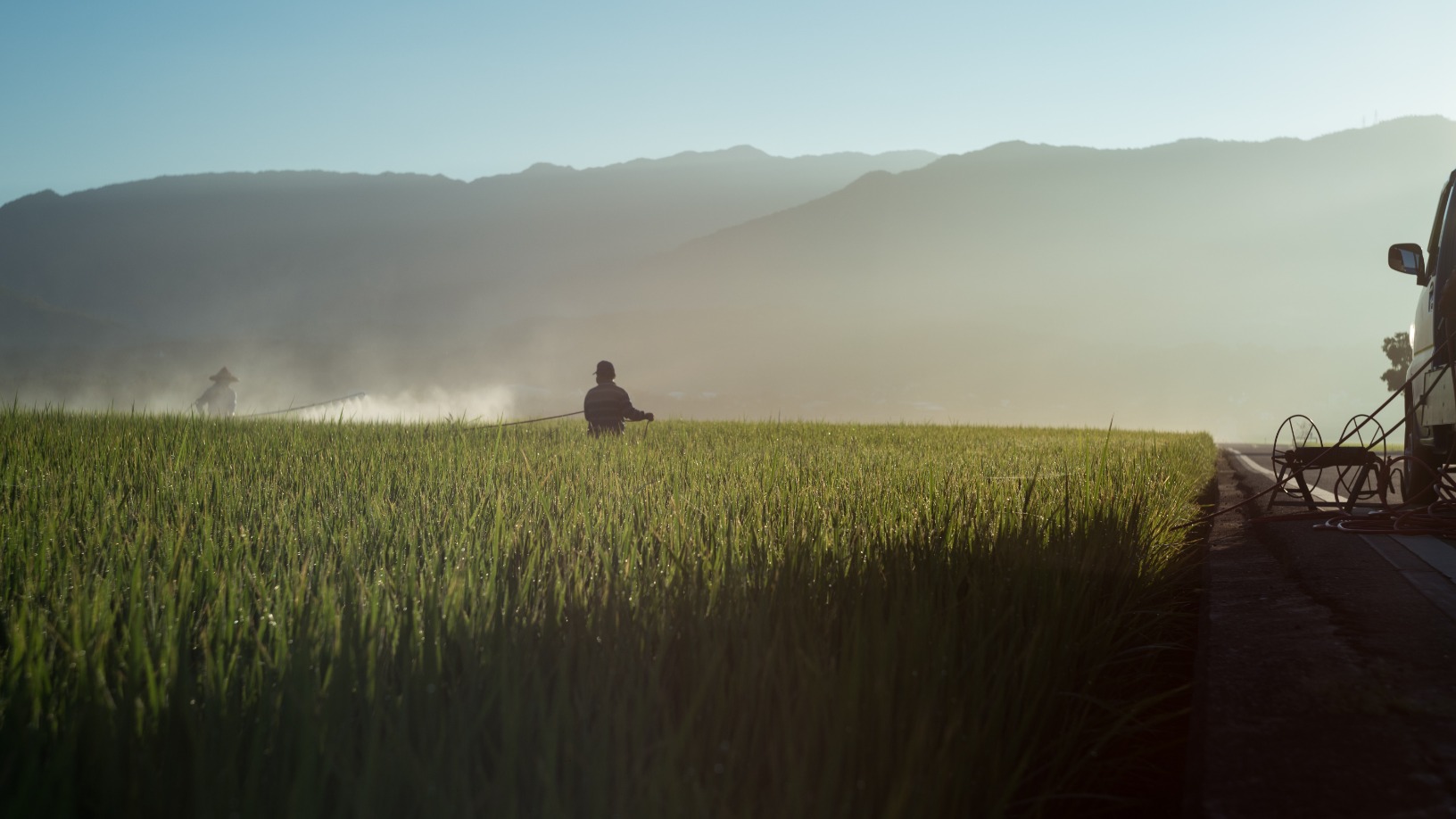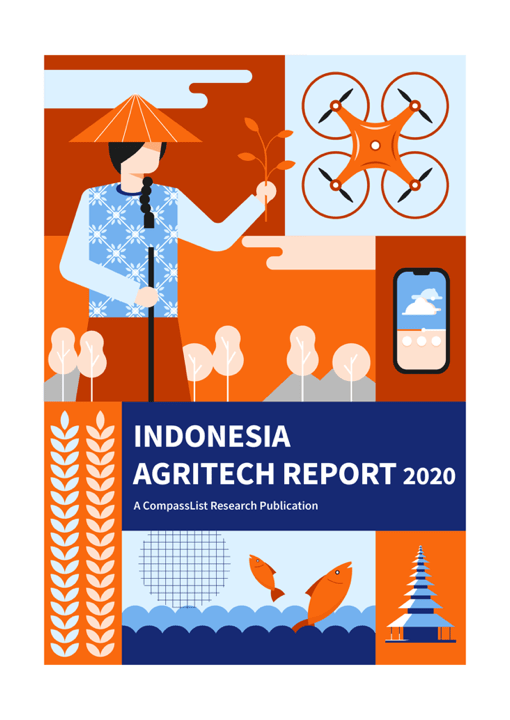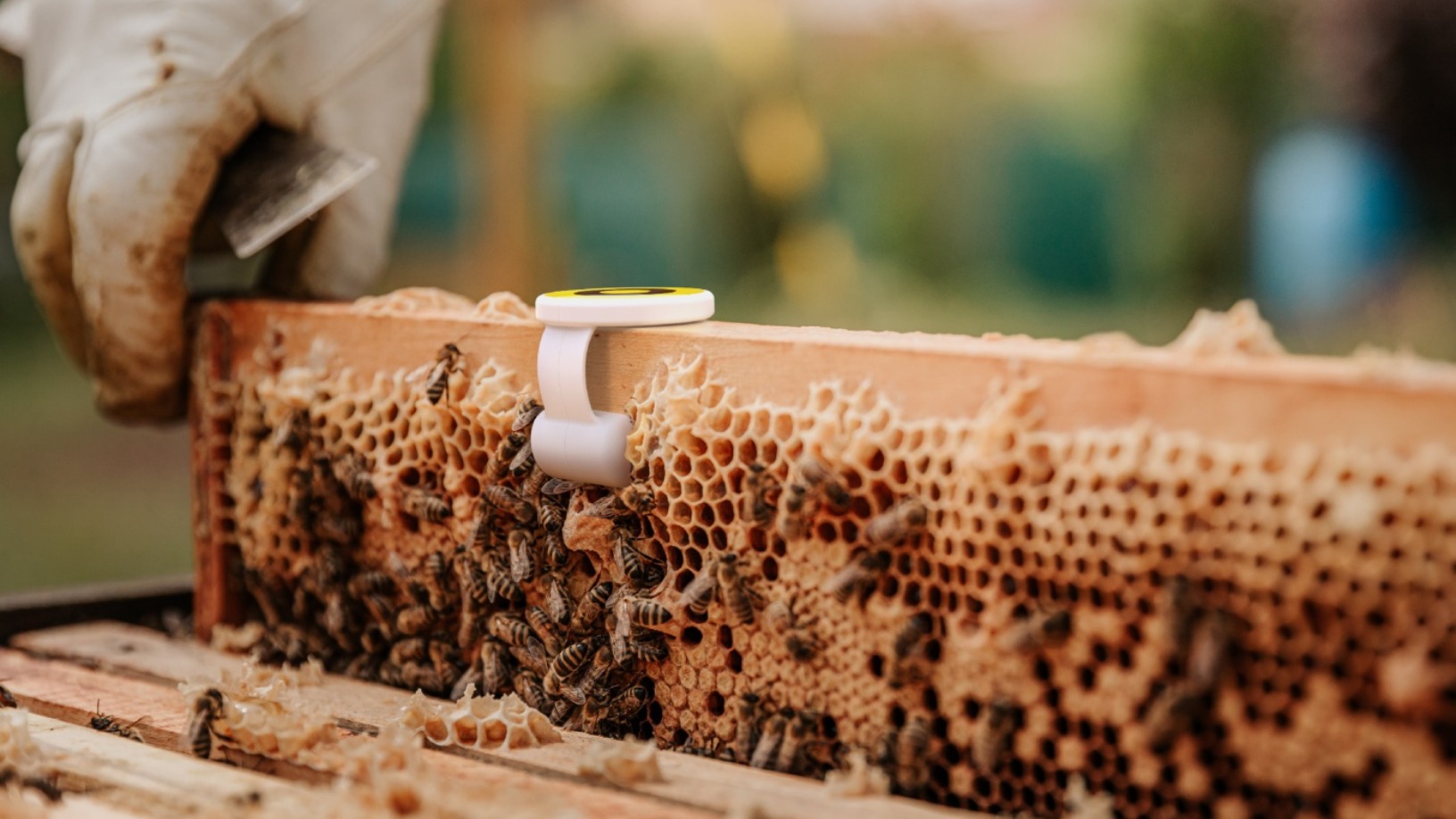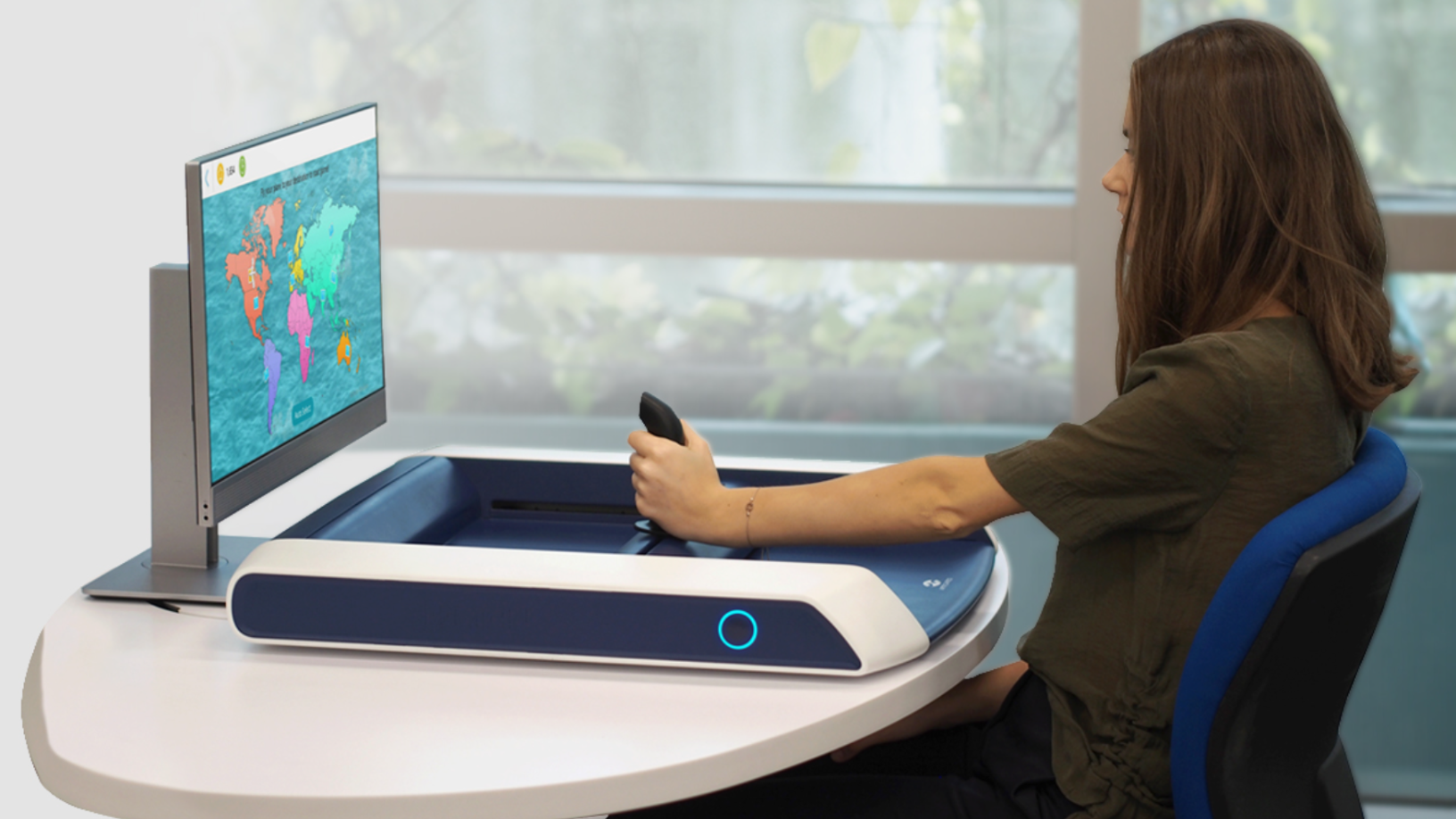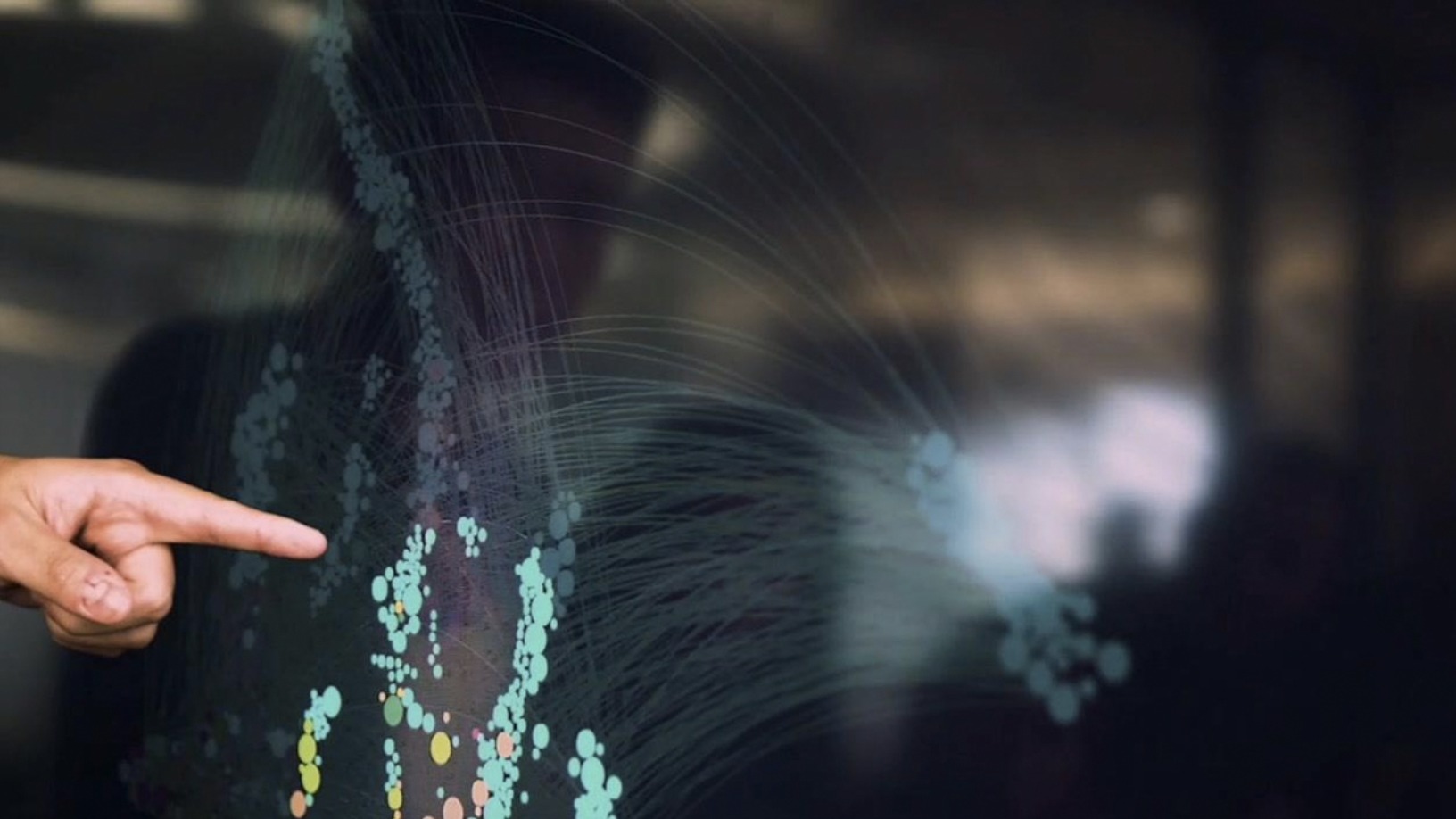Robots are increasingly used in agriculture, but they remain out of reach for many smallholder farmers. Australian startup Ambit Robotics wants to change that, starting with a crop-spraying robot developed specially for Southeast Asian farms.
Using an Android app, a farmer or crop-spraying worker can drive the Ambit robot around a plot of farmland, marking out the spraying area in its GPS system. In the process, the robot uses laser-based sensors to detect the rows of crops and the empty lanes between them. Finally, the robot automatically moves between rows to spray its pesticide payload.
Seeking to “change the way [farmers] spray their crops across the region,” Ambit Robotics is currently testing its robots in Bandung, Indonesia, as part of a partnership with crop protection giant Corteva. Ambit’s CEO and founder Paul Voutier is confident the robot can start operating commercially in Indonesia by mid-2021, he says in an interview.
The startup, which has already raised pre-seed funding from Israeli medtech and agritech early-stage investor Trendlines and Australian VC Artesian, plans to raise seed funding of about $500,000 to support next year’s product launch.
Robots to the rescue
Spraying crop protection chemicals like pesticides and fungicides is an important part of conventional agriculture, but it is time-consuming and workers doing the spraying are exposed to harmful chemicals.
The labor-intensive process has become even more costly now that fewer people are staying in rural areas and working in agriculture. According to Voutier, who spoke to CompassList through an online call, it takes 8–10 worker hours using backpack spraying kits to cover a hectare of farmland. Asian farms spend $20bn a year on the labor costs of crop spraying, he says.
“A typical potato plot of 1ha will take 10 hours to spray by hand, with two persons [spraying] for over five hours,” Voutier adds in an email. “The robot does the same job in two hours, [with] one person operating.”
Voutier believes automation is the key. Replacing sprayers with robots will help farmers save costs in the long run, while also limiting human exposure to chemicals. The robots also spray with greater precision, reducing the runoff of agrochemicals into the environment, which can pollute the soil and waterways.
Voutier knows this from personal experience. During his six-year tenure at Business for Development, an NGO providing consulting for businesses in rural areas, he learned from speaking to farmers that many want to save on hiring. In his current work as Director of Knowledge and Innovation at Grow Asia, an initiative by the World Economic Forum, he has also run hackathons and mentored startups, as well as provided advice to agribusinesses in the region.
Wheels on the ground
But with only so much he can do for smallholders as a consultant, Voutier set up Ambit Robotics. In some ways, Ambit Robotics’s product is similar to crop-spraying drones, which are gaining traction in China and other countries. Voutier, however, believes that ground-based robots have the advantage in Southeast Asia.
“Firstly, it's an order of magnitude cheaper than aerial drones in terms of capital costs and batteries,” he says. “It's also much easier to use. For aerial drones you need a license, and there are lots of regulatory issues.
“Drones work well in China where you have internet connectivity in rural areas and subsidies from the Chinese government. I think ground-based tech is more useful for places like Indonesia. It's low-cost, it's more rugged, it takes less time and skill to learn.”
Voutier admits there are some limitations to ground-based robots, however. They work best on shorter, smaller crops like potato, chili and tomato. These crops are planted with gaps between the rows, leaving enough space for the robot to maneuver. For taller, densely planted crops like rice, maize and sugarcane, aerial drones are more suitable.
Affordable automation
Ambit Robotics plans to price each robot in the range of $1,500. Instead of selling directly to farmers, Voutier says he will market the robot to professional spraying contractors, who provide their services to multiple farmers.
These contractors can pay in instalments and receive training to use the robots, effectively becoming franchisees. Voutier believes if a contractor uses it to spray three farms a day, the cost of a robot can be recovered in four months.
To prepare for its launch in Indonesia, Ambit Robotics has been working with Corteva in conducting field tests and focus group discussions with local farmers and contractors. By improving the spraying accuracy, farmers can get more out of their every purchase of Corteva pesticide, which Voutier says is an important value-add to Corteva’s portfolio of chemical products.
“Interest has been quite strong,” Voutier says. “There's an immediate recognition of the need [among farmers and contractors], so there's not a lot of trouble in getting through to the customer and explaining the product.” Ambit robots won’t be exclusively used for Corteva products, however, and farmers are free to choose.
Until then, Ambit Robotics will continue their interviews and group discussions with farmers and spraying contractors to learn more about market needs. The startup, which has a team of software developers based in Australia and Indonesia, is also resolving some remnant technical issues with its navigation and recognition software, key to ensuring that the robot functions well in various kinds of terrain. Manufacturing of the robots will take place in the countries where they are used.
In the long run, Ambit Robotics envisions a sales and service network that spans Southeast Asia. But first, the company wants to make sure it gets its product right.
“We want to make it a joy to own and operate the robot, and enjoy the experience of using it,” Voutier says.
